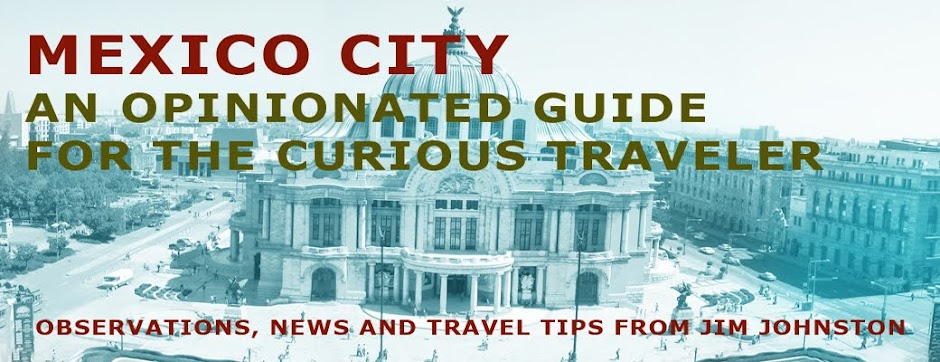Benjamin Franklin had never been to Mexico
when he wrote, “In this world nothing is certain except death and taxes”. With
big business tax loopholes, and an estimated 59% of the workforce in the
non-taxpaying ‘informal economy’, the only certainty here is death.
Each year on Dia de Muertos,
Mexicans face that inevitability head-on. My first experience of Dia de Muertos was years
ago in San Miguel de Allende. I waited patiently in a long line of flower-laden
visitors to pass through the narrow gateway. Visits to gravesites in the U.S.
were dark, sad, and solemn events, with no encouragement to linger. In Mexico,
upon entering the vast field of tombstones, it seemed more like a big party, a
bit subdued, but festive, colorful, bustling. There were flowers everywhere,
candles flickering, guitar players strumming, people eating, talking, praying,
laughing, and only a few of them crying.
With its roots deep in the pre-Christian past, Mexico’s attitude
toward death presents one of the strongest contrasts to that of its northern
neighbors. Nobel laureate Octavio Paz wrote, “The word death is not
pronounced in New York, in Paris, in London, because it burns the lips. The
Mexican, in contrast, is familiar with death, jokes about it, caresses it,
sleeps with it, celebrates it; it is one of his favorite toys and his most
steadfast love”.
Famed 19th century artist José Guadalupe Posada created a popular image of death,
La Calaca Catrina, that shows up everywhere. With her big feathered hat and wide grin, she
looks more like Carol Channing in ‘Hello Dolly’ than any frightening image of
the Grim Reaper. The curious phrase “Feliz Dia de los Muertos” shows up
on sugar skulls and greeting cards. Death in Mexico, while not exactly a
friend, is certainly a member of the family.
Indigenous peoples believed that the soul
did not die, but moved on to a resting place known as Mictlán, from whence it
could be summoned home to visit friends and relatives. Before the Spanish
conquest, the return of departed souls was celebrated in July and August. The
Spaniards changed the date to coincide with All Souls’ Day of the Catholic
Church, leaving the newly baptized natives with only two days, November 1 and
2, during which they welcome home the deceased. The first day is devoted
to departed children, the next to adults.
It’s a long way from Mictlán, so the living
must appeal to all the senses of the dearly departed to help them find their
way home. Food, flowers, incense, music, even cigarettes and alcohol are used
to create altars, known as ofrendas in homes and public spaces all over
Mexico. You don’t have to be Mexican to participate in Day of the Dead rituals,
however. Visiting a cemetery or preparing an altar at home can be done by
anyone.
The best place to stock up on all the
necessary items for a home altar is the Mercado Jamaica (Avenida Morelos and
Congreso de la Union, metro stop Jamaica on the #9 line). As the city’s
wholesale flower market, the quantity of marigolds, coxcombs and other flowers
is staggering. Booths set up around the perimeter of the market offer sugar
figurines, candles, incense, food, papel picado (die-cut tissue paper),
and other items used to create altars.
Although celebrations in rural areas of
Oaxaca and Michoacán are often written about, Day of the Dead in Mexico City
occurs on a scale befitting one of the planet’s biggest cities. Getting into the main cemeteries in Mexico City can be a daunting
proposition, but altars are set up all over town. You’ll see them in markets,
shopping malls, metro stops, banks, hotels, school, hospitals, and outside
every Delegación office. Here are some special places known for their
elaborate altars:
The Zócalo, the city’s main plaza in the
Centro Histórico
Claustro of Sor Juana (Izazaga 92,near
Isabel la Católica in the Centro)
Museo de las Culturas (Calle Mondea,
Centro)
Plaza Juarez (on the south side of the
Alameda)
Museo de la Ciudad (Pino Suarez 30, Centro)
Museo Dolores Olmedo, Xochimilco
Plaza Civica del Museo Panteon de San
Fernando (Plaza de San Fernando 17, Colonia Guerrero, near Metro Hidalgo)
UNAM (on the esplanade near the Rectoría)







